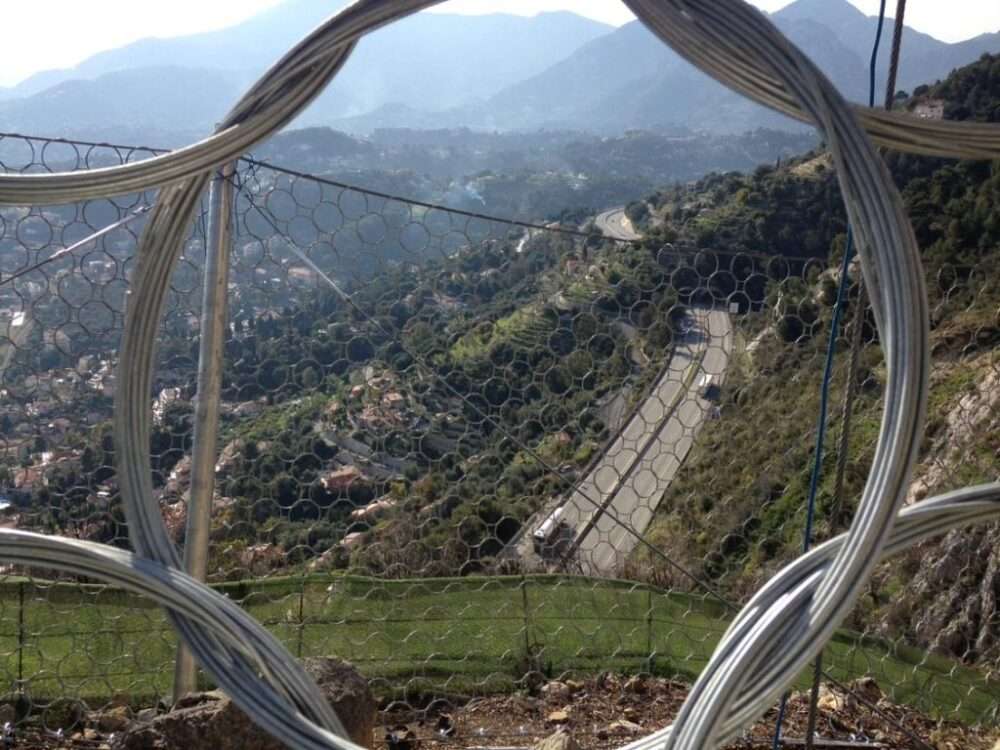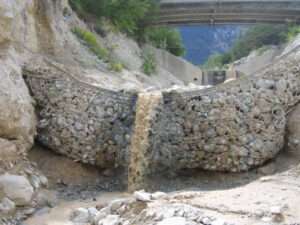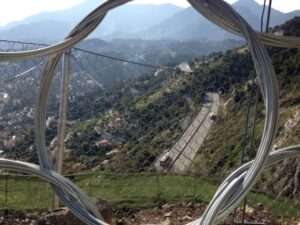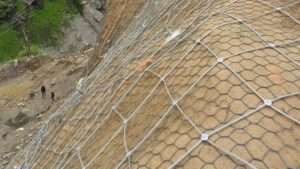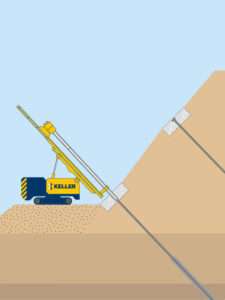Introduction
Rockfall barriers are crucial safety structures designed to mitigate the dangers posed by falling rocks and debris in mountainous or steep terrain. These barriers play a vital role in protecting infrastructure, roads, railways, and inhabited areas from potential hazards caused by natural rockfall events.
Causes of Rockfall
Rockfall incidents occur due to various natural and human-induced factors. Weathering, erosion, earthquakes, freeze-thaw cycles, and heavy rainfall can weaken rock formations, causing them to break loose. Construction activities, deforestation, and mining can also destabilize slopes, increasing the risk of rockfall.
Types of Rockfall Barriers
Rockfall barriers come in different types, each designed to address specific needs and environmental conditions:
1.Rigid Barriers: Made of concrete or steel, these barriers are fixed structures designed to withstand high-impact forces from falling rocks.
2.Flexible Barriers: Constructed using steel cables and mesh, these barriers can absorb energy from rockfalls and are commonly used in mountainous areas.
3.Rockfall Netting: A passive system that drapes over slopes to control loose debris and guide rocks to a designated area.
4.Catch Fences: Installed along roads and railways, these fences are designed to intercept and contain falling rocks before they reach critical infrastructure.
5.Rock Sheds and Tunnels: Overhead structures that provide maximum protection by diverting rockfalls away from roads and railways.
Benefits of Rockfall Barriers
Rockfall barriers offer several advantages in reducing risks associated with falling debris:
- Protection of Life and Property: Prevents injuries and damage to infrastructure.
- Cost-Effective Solution: Reduces long-term maintenance and repair costs for roads and railways.
- Environmental Preservation: Helps stabilize slopes without extensive alterations to the landscape.
- Increased Safety for Commuters: Ensures safer travel in mountainous regions prone to rockfalls.
Installation and Maintenance
Proper installation of rockfall barriers involves site assessment, engineering analysis, and the use of high-quality materials. Regular inspections and maintenance are essential to ensure the effectiveness of these barriers, including clearing debris, checking for structural damage, and replacing worn-out components.
Conclusion
Rockfall barriers are an essential defense mechanism against the unpredictable dangers of falling debris. By implementing these protective measures, authorities and engineers can significantly reduce the risks associated with rockfall incidents, ensuring the safety of communities and transportation networks. With advancements in technology and engineering, rockfall barriers continue to evolve, providing more efficient and sustainable solutions for slope protection.


